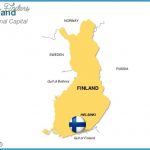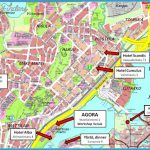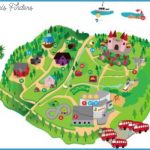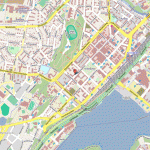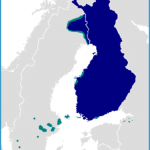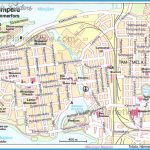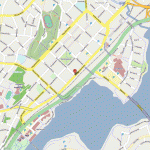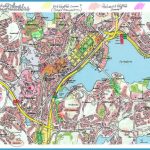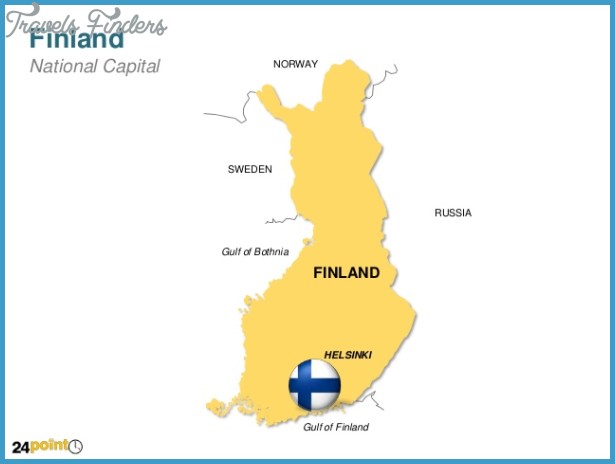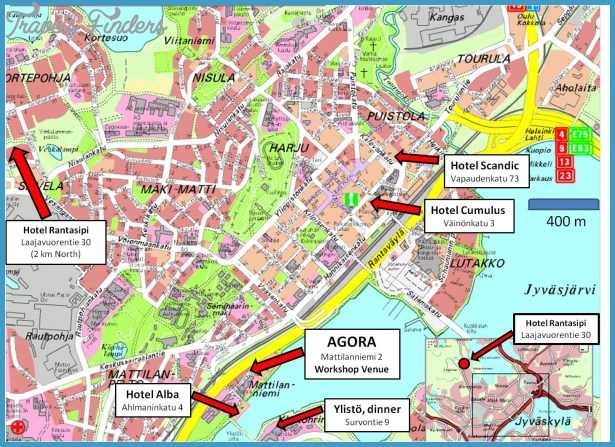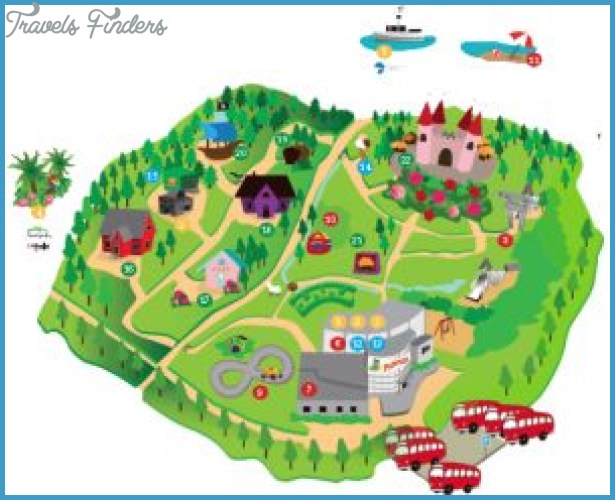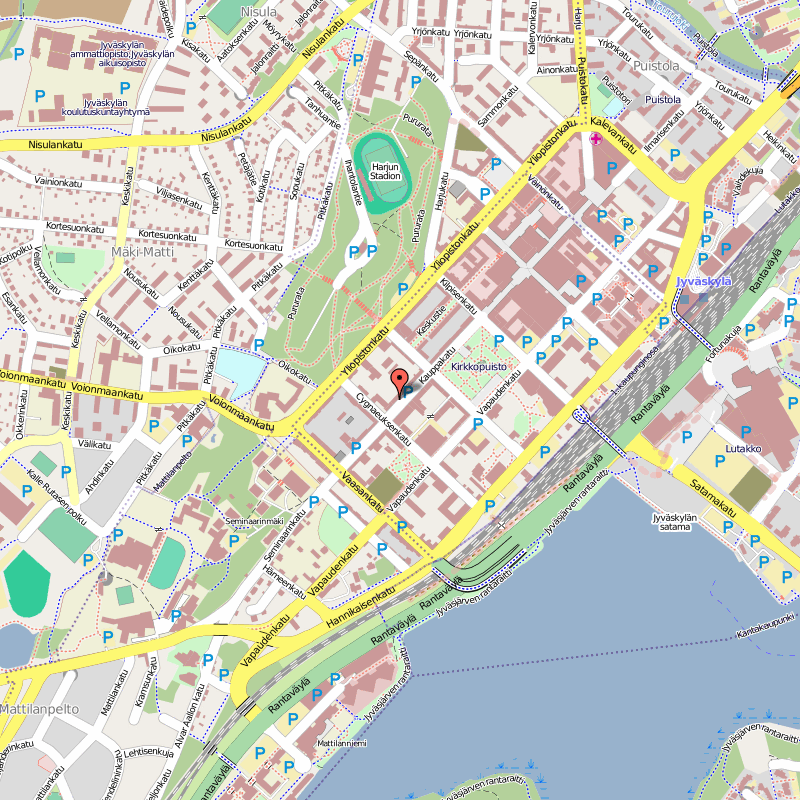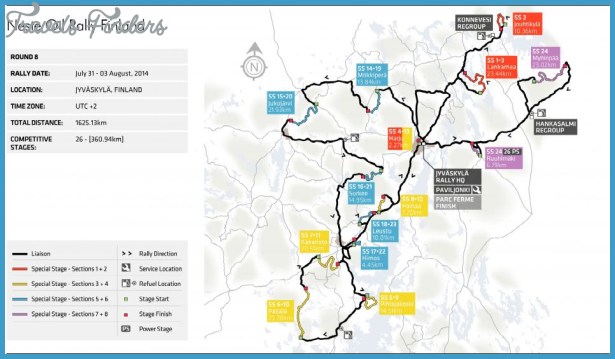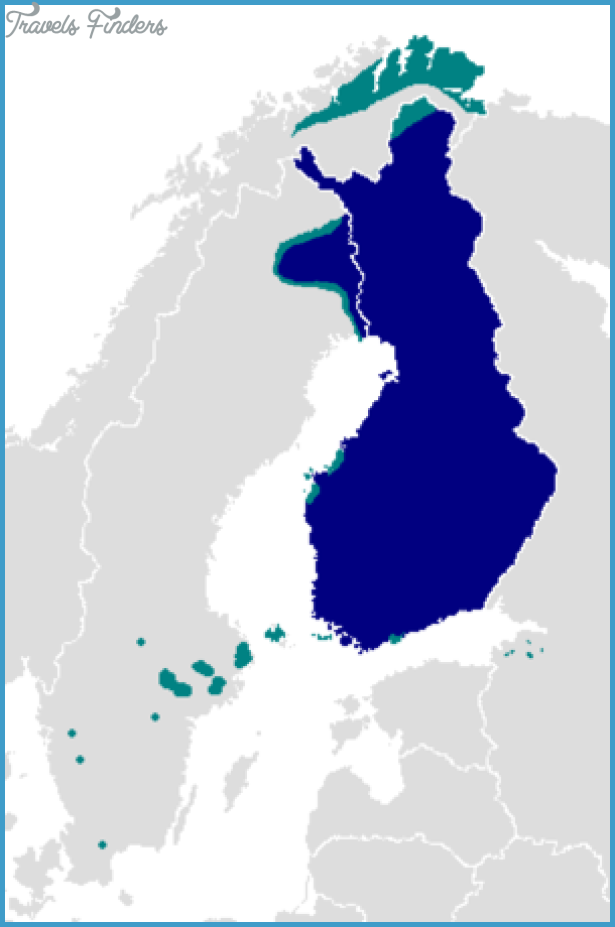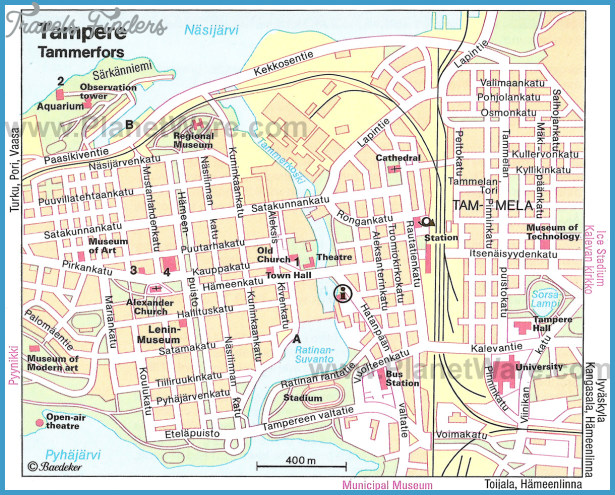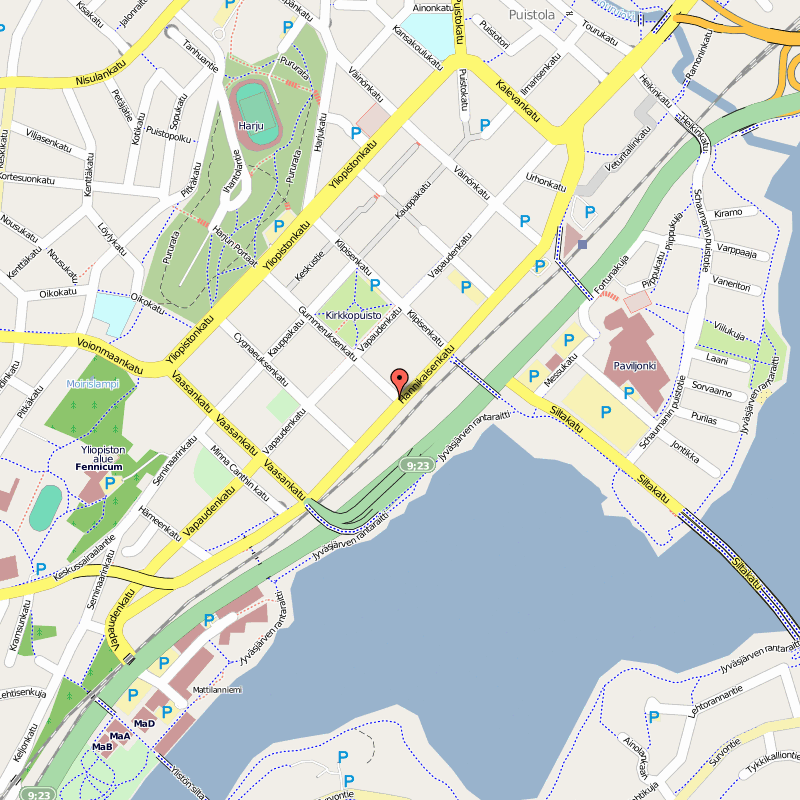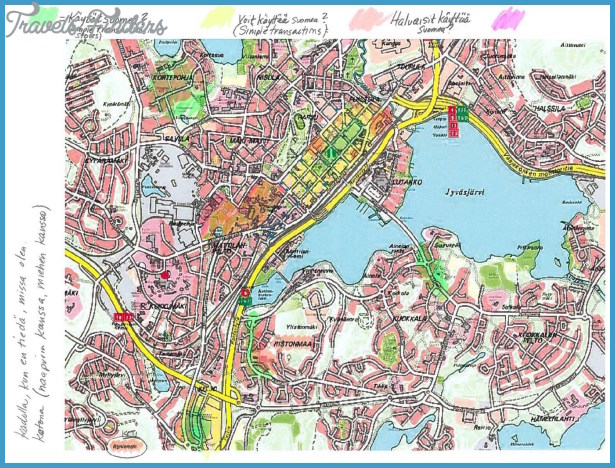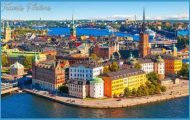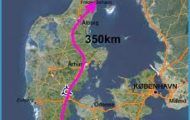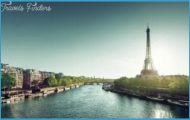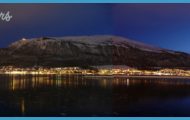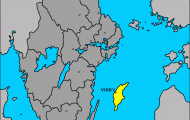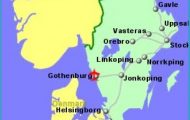Province: Keski-Suomen laani (Mellersta Finlands IanCentral Finland).
Altitude: 85 m (279 ft). Population: 65,000.
Postal code: SF-40100. Telephone code: 941.
Kaupungin Matkailutoimisto (Municipal Tourist Information Office), Vapaudenkatu 38; tel. 29 40 83.
Branch office in Vesilinna lookout tower,
Harju Park; tel. 29 40 87.
HOTELS. Jyvashovi, Kauppakatu 35, 256 SP; Cumulus, Vainonkatu 5, 152 SP; Raatihotelli, Asemakatu 2,118 SP; Milton, Asema-aukio, 75 Seurahuone, Kauppakatu 32, 40 b.
VACATION and SUMMER HOTELS. Rantasipi, Laajavuori recreation area, 500 SP, bathing beach; Amis, Sepankatu 3, 380 b. (1 June to 6 August); Rentukka, Taitoniekanti 9, 271 b. (1 June to 31 August).
EVENTS. Jyvaskyla Winter Festival (January or February) and Jyvaskyla Summer Festival (end of Junebeginning of July), with programmes of cultural and artistic events and debates on social and political themes in various languages; Finlandia Marathon Race (May); Finn Cycling Tour (July); Rally ofthe Thousand Lakes (July or August).
SPORTS and RECREATION. Swimming, riding, fishing, canoeing, parachute jumping.
The Finnishtown of Jyvaskyla, founded in 1837, is set attractively on the northern shore of the little lake of Jyvasjarvi. The Jyvasjarvi is linked with Lake Paijanne (Finland’s second largest lake), to the S, by the narrow strait of Aijalansalmi.
Jyvaskyla is an important traffic junction, the administrative and cultural capital of the province of Central Finland (Keski-Suomen laani) and an industrial town with several factories (woodworking, metal industries). It has a University (founded in 1934, previously a teachers’ training college) and other educational ethnological collection and decorative arts. To the SE is the University (new buildings by Alvar Aalto), with the University Museum (Yliopiston Museo: collection illustrating the history of education). At Seminaarinkatu 7 is an Alvar Aalto Museum (mementoes of the architect), in a building which Aalto himself designed.
Jyvaskyla establishments; the first Finnish-language secondary school was established here in 1 858. The town is characterised by a mingling of old wooden houses and modern stone buildings; it has an unusually large number of buildings designed by the famous Finnish architect Alvar Aalto.
SIGHTS. NW of the small harbour, in Kirkkopuisto (Church Park), stands the neo-Gothicparish church (1880); monument to the Finnish woman writer Minna Canth (1844-97). On the way to the harbour and the Jyvasjarvi are two buildings by Alvar Aalto, the Police Headquarters (1970) and Local Government Offices (1978). In Kauppakatu, toward Kalevankatu, is Aalto’s Municipal Theatre (1925). In Rajakatu is the Orthodox Church (1 954).
In Cygnaenskatu, 1 km (£ mile) W of the parish church, another building by Alvar Aalto, the Museum of Central Finland (Keski-Suomen Museo, 1961), houses material on the history of the town, an
From the Water Tower (tourist information office; cafe) in the Harjupuisto park and from the park on the hill of Syrjanharju, to the NE of the town, there are attractive views. Both of these hills are eskers (long gravel ridges) deposited by glacier action during the Ice Age.
SURROUNDINGS. 70 km (43 miles) W on the road to Virrat, at the N end of the lake of Keuruunselka, lies the village of Keuruu (old wooden church, 1756-8). From the harbour (near the station) there are trips by fast hydrofoil to Lahti over the lakes of Jyvasjarvi and Paijanne (3 hours).
Lake Paijanne (alt. 78 m 256 ft) is Finland’s second largest lake (area 1111 sq. km (429 sq. miles); 140 km (87 miles) long, up to 28 km (17 miles) wide, up to 93 m (305 ft) deep). It is exceeded in size only by Lake Saimaa (231). The shoreline of the lake, much of it rocky, is irregularly patterned, with many inlets and peninsulas. At the N end the lake is enclosed by wooded hills; toward the S the slopes along the lake fall away more steeply.

